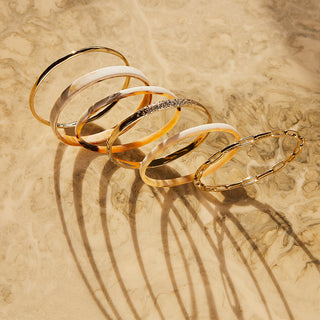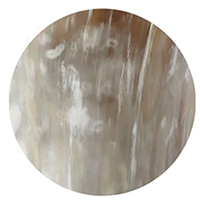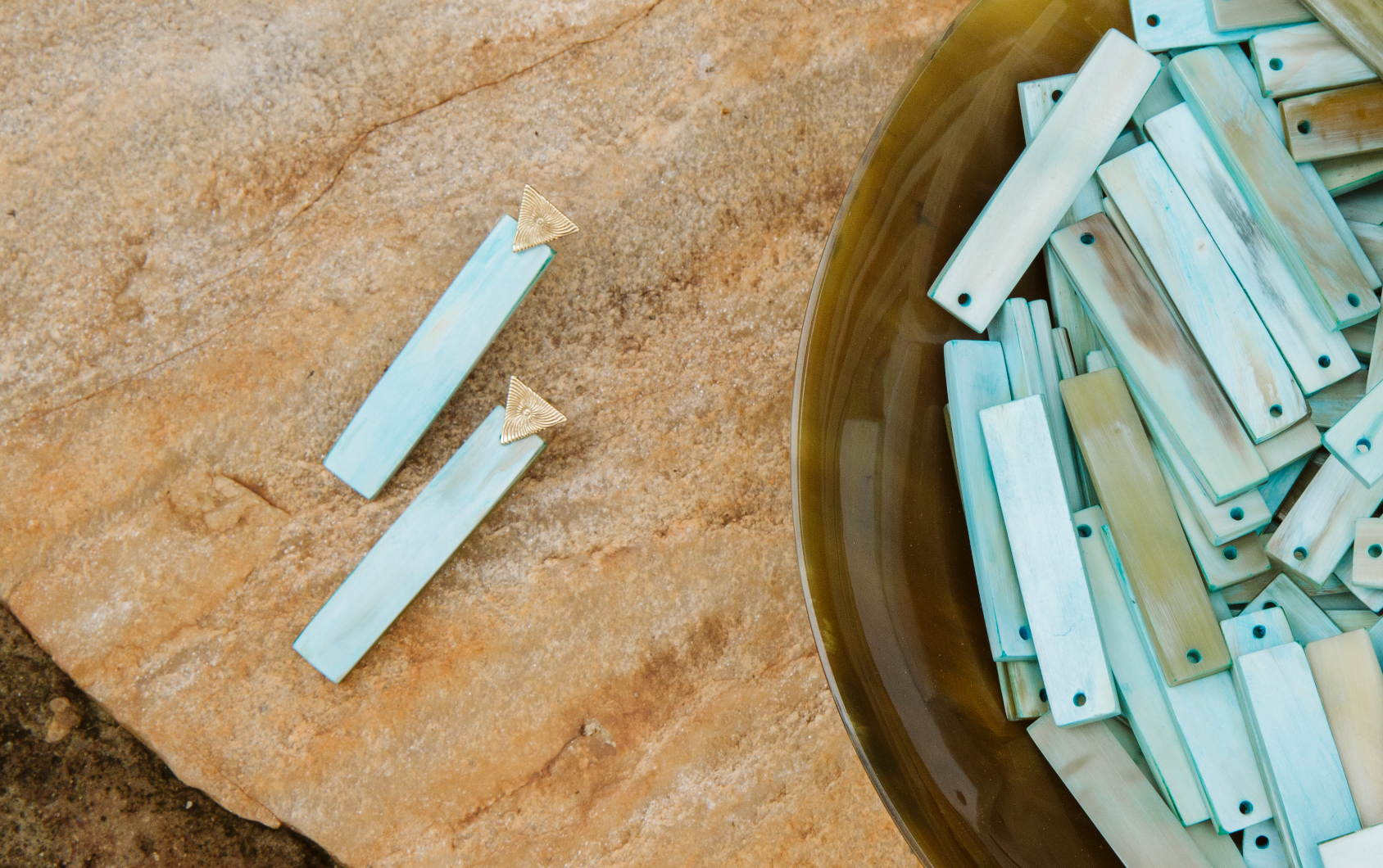
Our Design Philosophy
We are extremely intentional about the steps and process that go into the creation of our products. Each piece is handcrafted by women in Uganda using local, and sustainable materials such as up-cycled cow horn, raffia sourced from palm leaves, and sisal that comes from the agave plant.
Jinja, a city in Uganda, nestled along the banks of the Nile river, is where our product comes to life. Our design process melds the various worlds we touch, reinforcing the global connectivity of our brand. The materials and techniques link directly to where they originate, inspired by the lush East Africa surroundings. Our designs rely on a layering of textures, techniques, and details - complex, yet simplex - light, yet vibrant.
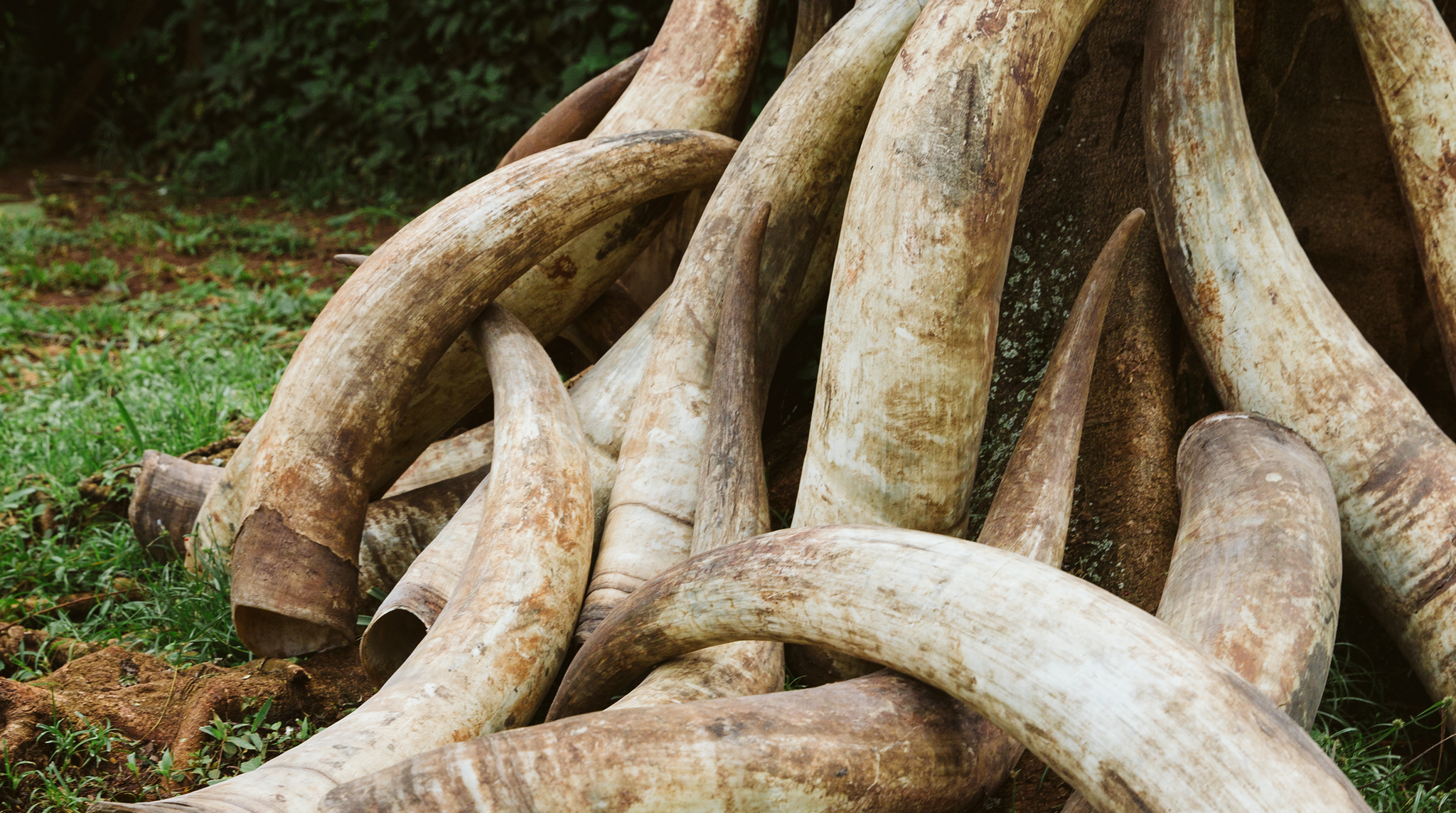
About Horn
Akola’s horn comes from the Ankole Cow, a breed of cattle indigenous to sub-Saharan Africa and Uganda. Ankole cows are referred to as “The Cattle of the Kings & Royalty,” and their lineage has been traced back thousands of years to Egypt.
Horn is not ivory. An elephant is killed for its ivory, but horn is a natural byproduct after a cow dies. The horn would usually be discarded, but instead, it is made into a beautiful, sustainable material.
We purchase 100% of our horn from discarded horns of Ankole cows, which helps stimulate the local Ugandan economy. The horn is cleaned, polished and hand-carved by Akola employees in Jinja, Uganda. The women of Akola perfect each jewelry piece using a myriad of techniques like sculpting, carving, pressing, cutting and dying the horn.
Just like fingerprints, no two horns are identical, making every piece of Akola jewelry truly one of a kind. Horn has a natural variation and gradience in its color that varies from shades of white, to caramel and black.


About Raffia
Raffia, a palm of the tropics, is a natural and renewable resource that grows along the watery edge of the Nile River near many of the villages in Uganda. The leaves of this palm can grow up to 60 feet and have a fascinating and feathery appearance.
These leaves are clipped and torn off in parallel lines yielding a long continuous fiber that the women of Akola dye, dry, braid and cut by hand. The raffia is then used to form tassels and shape beads throughout our collections.


About Sisal
Though native to southern Mexico, Sisal is a global botanical that has been cultivated and grown in Uganda, thriving in the dry and exotic districts of the country. Sisal fiber is typically used to make yarn and harvested from the agave succulent.
This wild plant is a sustainable material with a distinct sheen and can appear almost thread like. Sisal’s natural color is an essential neutral shade, while its dyed hues are strikingly vivid and reminiscent of the vibrant East African culture.

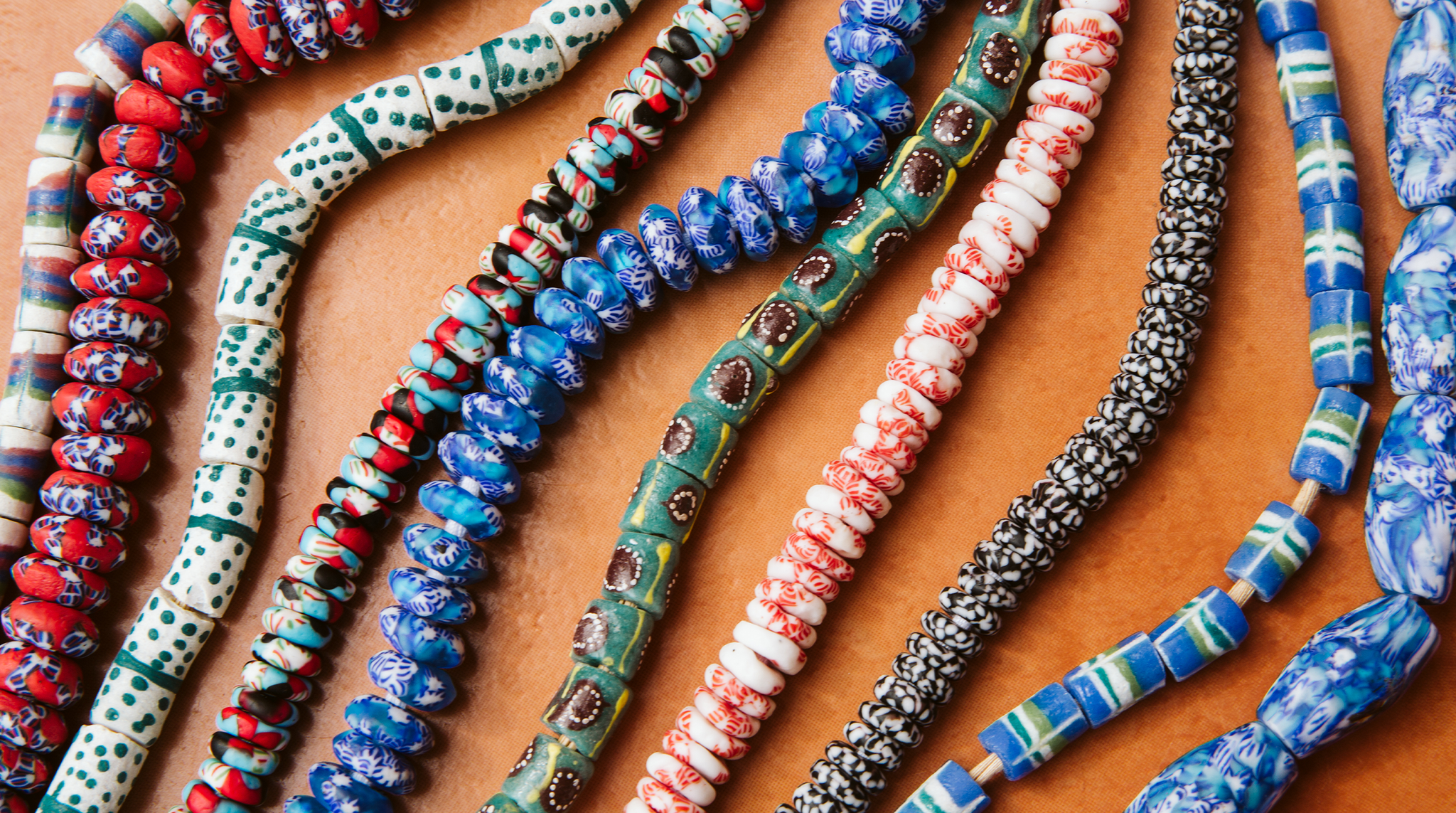
About Glass
Imported from the shores of West Africa, Ghanaian glass has become an essential element in Akola’s collection, imparting a celebration of color, tradition and symbolism.
Produced by the Krobo tribe for centuries, this sustainable glass is still made by hand and comes in three recycled varieties- translucent, powdered, and painted.
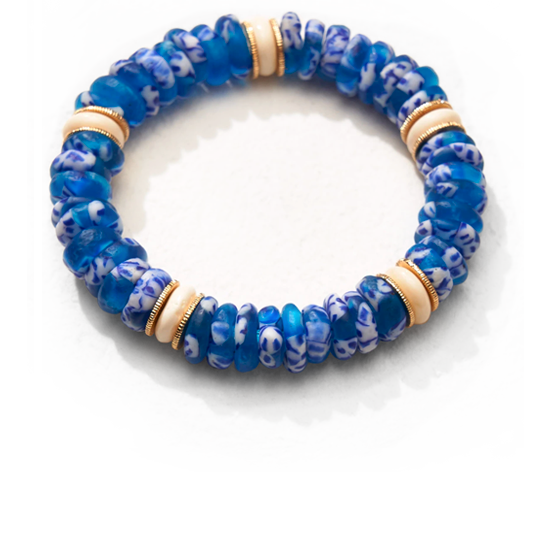

About Bone
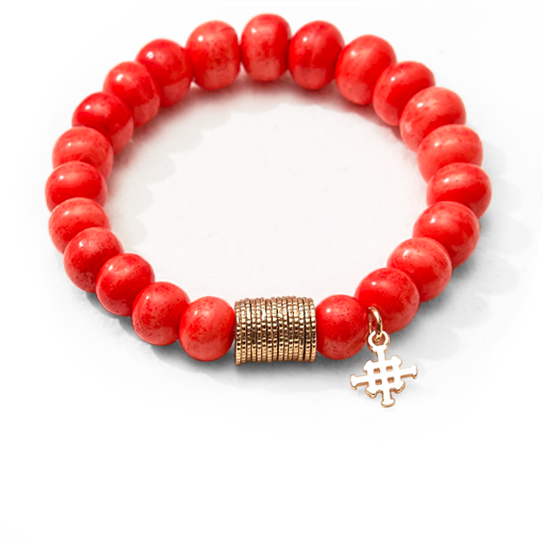

About Karatasi
Akola's signature Karatasi beads were developed based on a traditional art form that dates back to the 1930's in Uganda.
Karatasi, which means "paper" in Swahili, is the foundation that many of the beads in our designs are built upon. They can be wrapped with raffia, chai, and leather. These beads allow Akola to provide numerous fair wage jobs to women in rural villages that are otherwise lacking a source of income.


